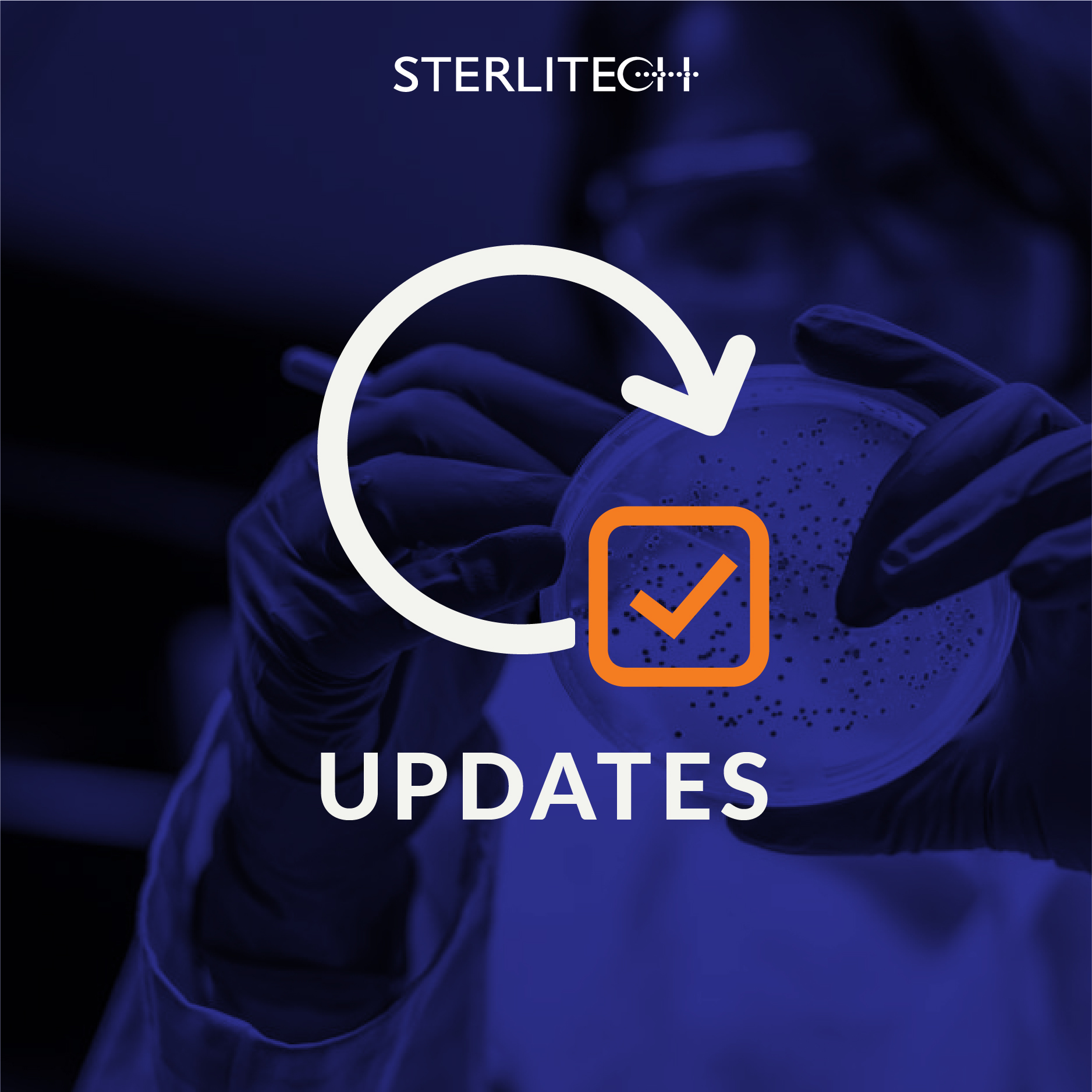
The Environmental Protection Agency announced last week that they are planning to develop standards for wastewater discharges produced by natural gas extraction from underground coalbed and shale formations (a process commonly referred to as “Fracking”). This method of extraction involves fracturing rock formations by injecting them with a pressurized fluid consisting mostly of water, a little bit of sand, and some chemical additives as well. The debate over the possible environmental consequences of fracking is a hot button issue right now, and since its popularity has grown to the point where it now accounts for about 15% of all natural gas production in the US, it is understandable that the EPA wants to look into setting some uniform regulations.
Any potential EPA standards in this area can be broken down into two areas: shale gas standards and coalbed methane standards. In shale gas extraction, wastewater is prohibited from being discharged into waterways. Instead, it is either recycled back into use or sent to a treatment plant. Unfortunately, many of these treatment plants are not properly equipped to handle shale gas wastewater so the EPA will look into standards that could be implemented on wastewater before it reaches the treatment plant.
Creating a coalbed methane standard for wastewater treatment is a little bit trickier, since there aren’t any national standards for it yet. Currently it is up to individual states to regulate where the wastewater is discharged and what pre-treatment standards to follow. The EPA is hoping to address the matter by creating a uniform standard for the whole nation.
Based on the current EPA schedule, a proposed rule should come in 2013 for coalbed methane and 2014 for shale gas. This is to allow the EPA time to consult with stakeholders and allow for public comment.
You can read the full announcement from the EPA here.


![Join Sterlitech at BIO 2024 [Booth #5558]: Exploring the Future of Biotechnology](https://www.sterlitech.com/media/magefan_blog/b4.jpeg)

